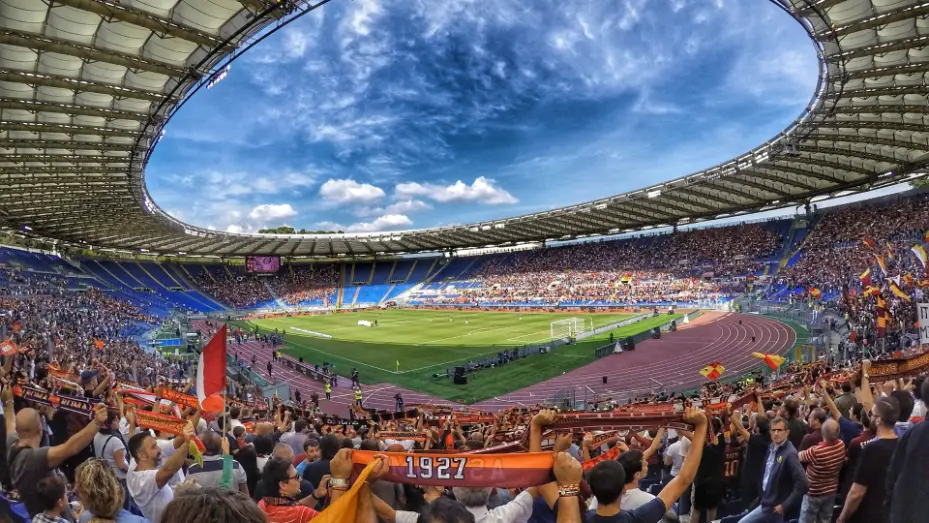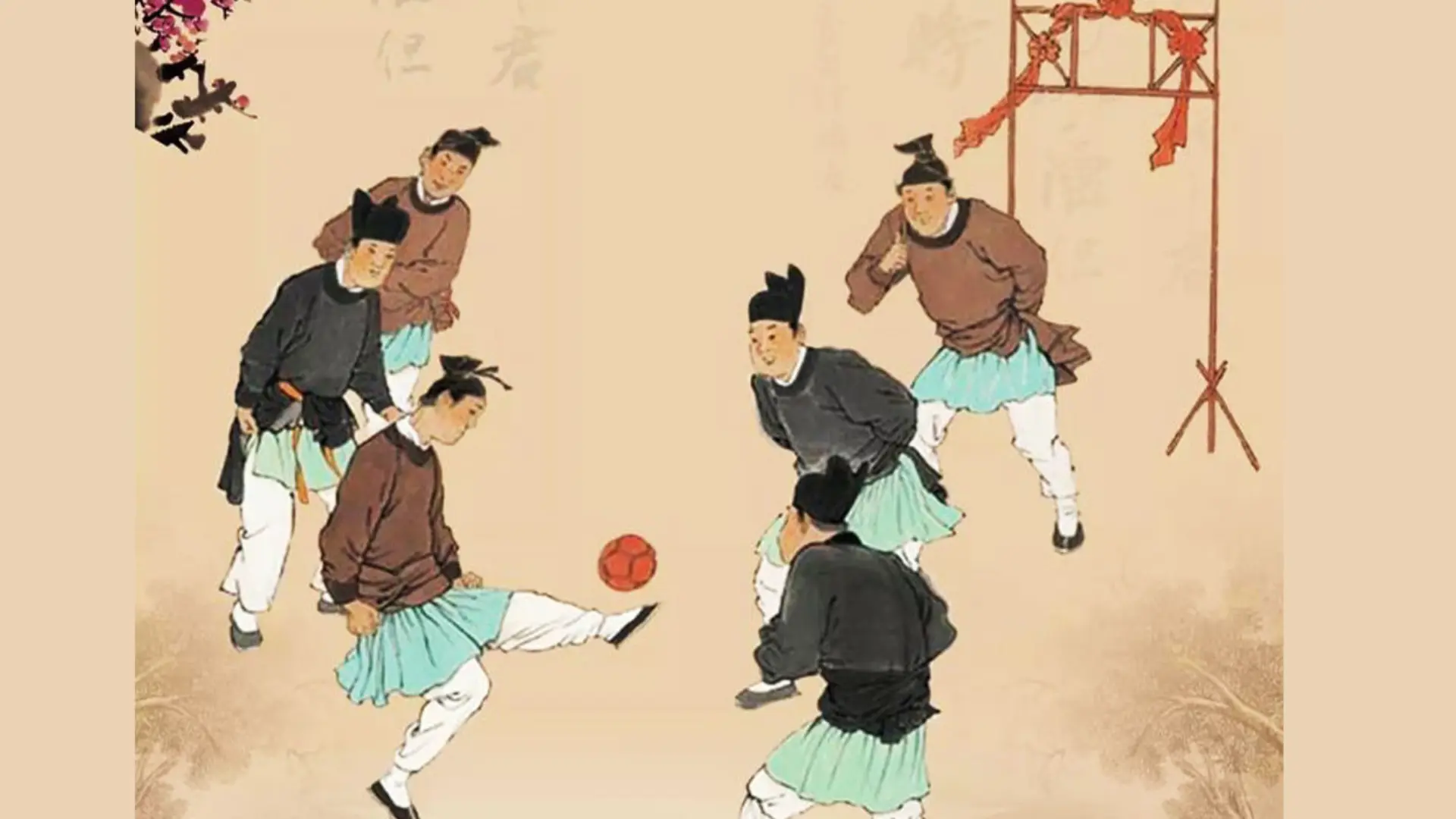How Football Became a Sport: Tracing the Origin, History, and Evolution of Soccer
Updated on
Published on

When did football start, and how did it become the world’s game? As a lifelong football fan, I have often wondered how a simple pastime of kicking a ball transformed into a global phenomenon. The history of football stretches across thousands of years and many cultures. In this article, we will explore how football became a sport in its modern form, tracing its ancient origins, its rough‑and‑tumble medieval street football era, the codification of rules in nineteenth‑century England, the game’s worldwide spread, and its growth into the most popular sport on Earth. Let us dive into the rich story that shaped the sport so many of us love today.
Ancient Origins of Football
People have played football‑like games for millennia. These early activities were not today’s soccer, yet they reveal humanity’s long‑standing appeal for kicking a ball:
- Cuju in Ancient China
More than two thousand years ago, Chinese soldiers and nobility played cuju (“kick ball”), in which participants kicked a leather ball through a net opening without using their hands. Many historians consider cuju the earliest recorded form of football. - Episkyros and Harpastum in Greece and Rome
The Greeks enjoyed episkyros, while the Romans adapted it as harpastum. Both games blended kicking, passing, and carrying a ball. Though closer to rugby in some aspects, they share clear similarities with football’s emphasis on team play and ball control. - Mesoamerican Ball Games
In ancient Mesoamerica, Indigenous cultures played rubber‑ball games on stone courts. Players mainly used hips and torsos rather than feet, yet these contests show that ball sports flourished around the globe long before modern rules existed.
Across early China, Greece, Rome, and the Americas, people revealed an instinctive joy for ball games, laying cultural groundwork for what would later become football.

Medieval and Early Modern Football in Europe
During the Middle Ages, Europe’s medieval football was chaotic and often violent:
- Mob Football in England
Villagers played massive holiday matches where entire towns pushed a ball toward rival landmarks. Rules were minimal; the event was loud, physical, and loved by the masses despite periodic bans by authorities who feared public disorder. - La Soule in France and Calcio Storico in Italy
French communities battled over a ball using feet, hands, or sticks, while Florence’s calcio storico mixed soccer, rugby, and wrestling. Even nobles participated, proving football’s broad social appeal.
By the seventeenth century, industrialization, urban growth, and changing leisure habits pressed for a safer, standardized game. This push set the stage for football’s formal organization in England’s elite schools.
Codification in Nineteenth‑Century England
The question “how did football become a sport?” finds its clearest answer in Victorian England:
- Public School Rules
Eton, Harrow, Rugby, and other schools each had distinct football codes. To play inter‑school matches, alumni drafted the Cambridge Rules in 1848, merging the best ideas from every school and excluding extreme roughness. - The Football Association (FA) of 1863
On 26 October 1863, clubs met in London to create The Football Association and published the first Laws of the Game. These laws banned hacking and ball‑carrying, separating association football from rugby. - Early Competitions and Professionalism
The FA Cup began in 1871, followed by the first official international match between England and Scotland in 1872. Professionalism was legalized in 1885, and the world’s first professional league started in 1888.
By the end of the nineteenth century, football had fixed rules, referees, and scheduled competitions, transforming from folk pastime into structured sport.
Global Expansion Through British Influence
British sailors, merchants, and engineers introduced football wherever they traveled:
- European clubs emerged in Spain, Italy, Germany, and the Netherlands in the 1870s and 1880s.
- In South America, British railway workers and returning students sparked the first leagues in Argentina, Uruguay, and Brazil.
- Across Africa and Asia, colonial administrators and missionaries spread the game, which local communities quickly adopted.
By 1900, football clubs and national associations existed on every continent, setting the stage for global competition.
Formation of FIFA and Major Competitions
Growing international interest demanded a worldwide governing body:
- FIFA formed in Paris in 1904, uniting national federations under one rulebook.
- The Olympic Games included football from 1908, but FIFA launched the standalone World Cup in 1930.
- Continental bodies like UEFA (founded 1954) created premier club tournaments such as the European Cup, later renamed the Champions League.
National leagues and international tournaments flourished, providing regular play for clubs and countries alike.
Cultural and Economic Evolution into a Global Phenomenon
Football’s growth accelerated after World War II:
- Worldwide Participation
Football is played in almost every nation, with over two hundred national associations. Billions watch global events like the World Cup, making football television’s most viewed sport. - Cultural Impact
Football reflects and shapes national identity, social movements, and popular culture. Legendary players become global icons, and local clubs serve as community hubs. - Economic Power
Football now generates multibillion‑dollar revenues. Broadcasting rights, sponsorships, and merchandise sales fund modern stadiums, advanced training facilities, and transfer fees that routinely top one hundred million euros.
Despite commercialization, the game remains accessible: a ball, a patch of ground, and a few friends are enough to play.
Conclusion
How football became a sport is a story of human creativity, community, and passion. From ancient games like cuju to medieval street battles, from Victorian rule‑makers to global federations, football evolved into a structured, universally loved sport. Its simple premise, combined with organized rules and worldwide competitions, transformed it into the most popular game on Earth. Understanding this journey deepens our appreciation each time we watch a match or kick a ball ourselves, reminding us of football’s power to unite people everywhere.
FAQ
What are the earliest known forms of football?
Ancient games such as Chinese cuju, Greek episkyros, and Roman harpastum featured ball kicking and teamwork, laying cultural foundations for modern association football.
When did football become an organized sport with official rules?
Football was formally codified in 1863 when England’s Football Association published the original Laws of the Game, separating soccer from rugby and standardizing play.
How did football spread worldwide after its English codification?
British sailors, merchants, and engineers introduced soccer across Europe, South America, Africa, and Asia, inspiring local clubs and national federations in the late nineteenth century.
Why was FIFA created, and what role does it play today?
FIFA formed in 1904 to oversee international matches and unify rules; it now governs global football and organizes the World Cup, the sport’s premier tournament.
How did football evolve into a multibillion‑dollar industry?
Broadcast deals, sponsorships, merchandise, and professional leagues fueled rapid economic growth, making leading clubs billion‑dollar brands and top players global superstars.
Why is football considered the world’s most popular sport?
Simplicity, minimal equipment needs, and universal accessibility allow billions to play and watch; major events like the World Cup unite diverse cultures in shared excitement.










